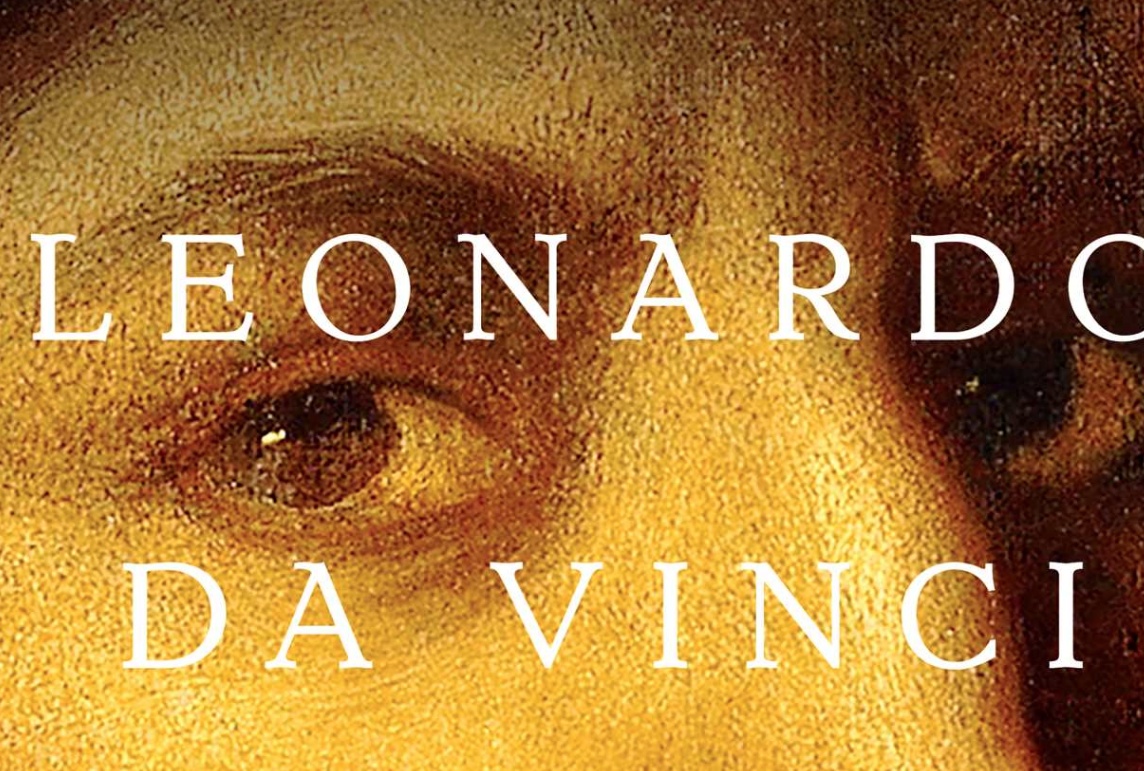Leonardo da Vinci

Leonardo da Vinci — bearded sage of the Renaissance, anatomist, engineer, inventor, and creator of two of the most famous paintings in history (Mona Lisa and The Last Supper) — was first and foremost a mensch. He was, according to an acquaintance, handsome and kind, a gay vegetarian, “friendly, precise, and generous, with a radiant, graceful expression.” By temperament he was the opposite of his surly contemporary Michelangelo, whom he found difficult to like. As Leonardo strolled through the markets of fifteenth-century Milan and Florence, he bought caged birds just to set them free.
Although an air of mystery surrounds Leonardo — the backward mirror handwriting, the conspiracy theories — he himself is no mystery to us. Search for his name in a card catalog and you will find every type of monograph, from scientific analyses of the canvases to studies of his place in Western art. There are also many, many biographies, ranging from the intensely scholarly to those aimed at everyday readers. Yet Walter Isaacson, the celebrated biographer of Albert Einstein and Steve Jobs, has shown with a slight shift in emphasis and sheer writerly talent that another life is indeed welcome. To Isaacson, Leonardo was less a painter or a Renaissance man than an avatar of creativity itself. Isaacson’s engaging, sumptuously illustrated Leonardo da Vinci is an outstanding popular biography that presents a Leonardo for the era of the TED talk and the innovation guru.
The notebooks contain extraordinary sketches. There were bridge designs, anatomical drawings, studies of water, blueprints for the layout of cities, portraits, caricatures, and detailed plans for flying machines and countless other contraptions. Some of these became inventions or proto-inventions, like an odometer and a lyre. Others are simply lovely as artistic conceptions. One critic called Leonardo’s famous sketch of a fetus in utero as “for me the most beautiful work of art in the world.” Betraying a point of view that may have to do with his writing about Steve Jobs and other titans of the digital age, Isaacson notes that Leonardo devised “new methods for the visual display of information.” For instance, he pioneered the “exploded” diagram, which shows in three dimensions the separate and interlocking parts of a contraption or physiological structure, like the spinal column. Leonardo made these sketches in order to understand how the world worked. Isaacson writes that he “used drawing as a tool for thinking.”
With his focus on the notebooks, Isaacson bucks a sometime trend in Leonardo studies. The eminent art historian Kenneth Clark wrote in 1974, “The greater part of Leonardo’s notebooks are remarkably uninteresting in themselves,” especially when he was merely diagramming “some elementary machinery.”_ Isaacson could not disagree more; to him the notebooks are “the greatest record of curiosity ever created.” This gets at a persistent criticism of Leonardo as too digressive, too easily distracted: Stop doodling and finish a painting! One of Leonardo’s earliest biographers wrote that “he never finished any of the works he began because, so sublime was his idea of art, he saw faults even in the things that to others seemed miracles.” If we are to view Leonardo strictly as a painter, then his tangents and diversions indeed kept him from his work. But if we view him instead as a humanist, as Isaacson does, each woodpecker’s tongue only brightens the kaleidoscope.
But Isaacson does not neglect Leonardo’s paintings. The book is generous in color reproductions of Leonardo’s masterworks and provides thoughtful discussions of each. Isaacson ably covers controversies about provenance, the role of Leonardo’s collaborators and students, and his pioneering techniques to represent color and light — especially his use of sfumato, or blurred shadows, rather than hard lines. Isaacson is not a professional art critic, but most readers will not pick up this book seeking Olympian judgments. And sometimes a writer beats an art critic at his own game. Isaacson beautifully describes Leonardo’s obsession with the image of a pointing finger, especially in his Saint John the Baptist: “In his last decade, Leonardo is mesmerized by that gesture, the signal of tidings borne by a mysterious guide who has come to show us the way.” He might well have been describing his subject.